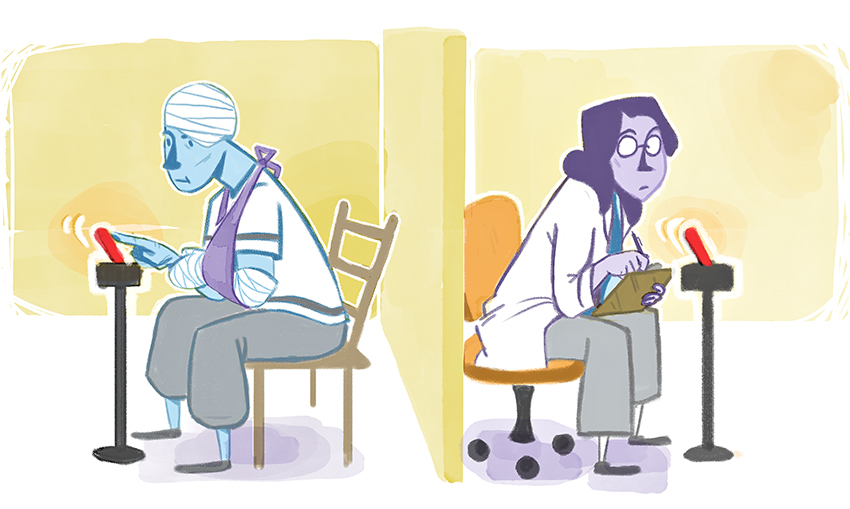Doctors can now provide their patients full therapy treatment without being in the same room.
UT-Dallas computer science professor Balakrishnan Prabhakaran and his former graduate student Suraj Raghuraman have developed a 3-D rehabilitation therapy that allows doctors to take care of their patients without meeting face to face.
The therapy, which the researchers named 3-D immersive telerehabilitation, combines telerehab, a treatment which uses only phone-based communications between doctor and patient, with Microsoft Kinect cameras to add a visual component to long-distance rehabilitation.
The Microsoft camera can be modified to fit the needs of rehab patients and their various therapies.
“The inspiration came from noticing that telerehab lacked a sense of touch,” Prabhakaran said. “A 2-D video does not give a proper perspective for the doctor; when you want to examine musculoskeletal movements, it must be in 3-D because the motions themselves are 3-D.”
According to Raghuraman, the new therapy system assesses the upper parts of the body, monitoring side-to-side movements by having the patient perform tasks such as virtually sawing a log.
The 3-D camera is roughly 3 feet tall and includes touch sensors to determine the amount of force a patient applies when performing each task, according to Prabhakaran.
Fifteen veteran soldiers with upper-arm limb impairments participated in a clinical trial with 3-D telerehab. Prabhakaran said not only did the device help doctors to reach their patients, but it also benefited the patients.
“The patients were unanimous in saying that they would like more telerehab diagnoses,” Prabhakaran said.
Prabhakaran said the device can also be used to evaluate patients before they receive treatment as a diagnostic tool and for rehab treatment itself because it performs similarly to in-person therapies.
“Our (clinical) patient study indicated that there is a high degree of correlation between in-person diagnoses and remote diagnoses,” Prabhakaran said.
The outcome of the 3-D telerehab trial provided promising results and serves as an essential step towards rehabilitating future patients and members of the military, according to Raghuraman.
“Currently, veteran’s affairs services have their own telehealth systems, and so we are exploring if we can incorporate the 3-D telerehab into their telehealth systems,” Prabhakaran said.















